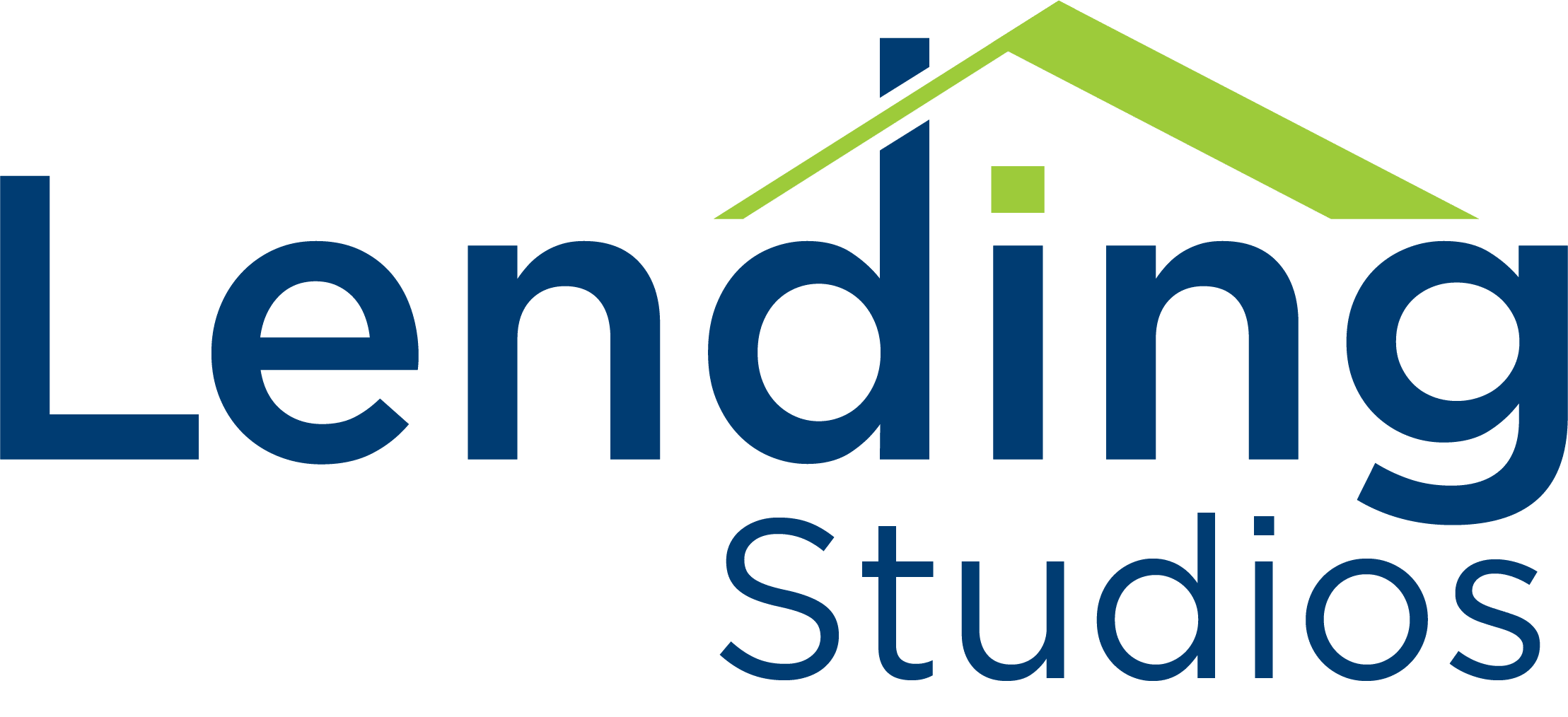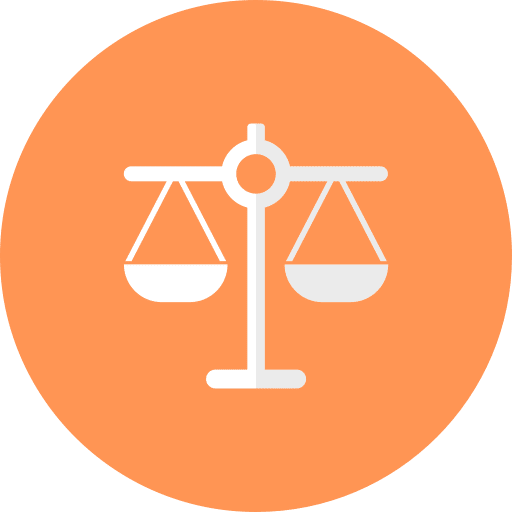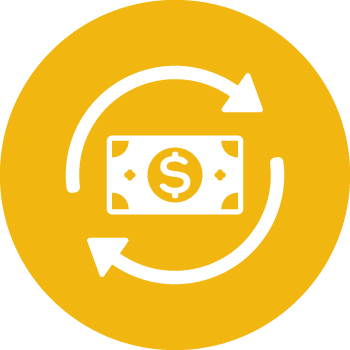Use Our Mortgage Calculators
8 Common Types of Mortgages
First-time homebuyers are empowered when they learn about the various types of mortgages. Being empowered with your options can get you closer to owning your dream home, because it helps you stay up-to-speed with lenders when they explain your options.The most common loan types are:
Conventional / Fixed Rate Mortgage
The most popular loans sought by future homeowners are conventional fixed rate mortgages. In fact, these loan types cover more than 75 percent of all home loans.
Fixed loans typically offer 30, 15, and 10 year payback options. The 30-year option is the most popular but the 15-year grows equity much more quickly.
Anticipating the exact amount of interest and principal payments required for the life of a fixed loan allows homeowners to establish and maintain a budget.
Fixed rate mortgages let buyers lock-in an interest rate that will stay constant for the length of the loan. A key advantage of this loan strategy is that the buyer isn’t at the whim of an ever-changing interest rate that rises and falls in response to the economical market. Buyers have the option to refinance a fixed loan in the future for a lower interest rate if they desire.
Interest-Only Mortgage
Interest-only mortgages have gotten a bad rap over the years, with only one percent of all mortgages falling into this category, according to the Mortgage Bankers Association. However, an interest-only mortgage can be a wise financial management tool, if buyers understand how they work so an educated decision is made.
Interest-only loans require borrowers to pay only the interest on the loan for an initial fixed period. It is important to note that mortgage payments are markedly lower on an interest-only mortgage in the initial phase of the loan then much higher during the final period.
Adjustable-Rate Mortgage (ARM)
An adjustable-rate mortgage (ARM) is a loan that determines its interest rate on an index (the Libor (London Interbank Offering Rate) rate, the one-year Treasury bill rate, or the federal funds rate. Lenders are free to determine how many points they will add to the index rate. Other names for an ARM mortgage are: adjustable rate loan, variable rate mortgage, or variable rate loan.
Depending on the terms of your loan, your ARM rate will fluctuate at regular intervals. ARM rates change at different times: monthly, quarterly, annually, or after a predetermined period of years.
It is important that buyers understand if they can afford the higher interest rates that can occur with adjustable-rate mortgages.
FHA Loans
The Federal Housing Administration (FHA) loan is a mortgage granted by an FHA-approved lender and insured by the (FHA). Low-to-moderate income borrowers are attracted to the FHA loan package because they require lower minimum down payments and lower credit scores than many conventional loans.
Borrowers can apply for up to 96.5% of the value of a home with an FHA loan, bringing your down payment requirement to a mere 3.5%. According to Mortgage Reports, "Nearly 1 in 5 U.S. buyers use an FHA loan to finance a home purchase. The program's popularity, in part, is because buyers can make down payments of just 3.5 percent via the FHA."
To qualify for a FHA loan, borrowers should plan for a minimum credit score of 580 to be considered. Lower credit scores (500-579 range), will require borrowers to make a 10% down payment for approval. FHA loans offer borrowers flexibility on down payment sources--savings, financial gifts from family, or an assistance grant are all acceptable.
VA Loans
VA Loans are offered through private lenders, mortgage companies or banks. Through this program, the Department of Veterans Affairs works to support the needs of servicemembers, veterans, and qualifying surviving spouses and helps them purchase affordable mortgage loans.
The Department of Veterans Affairs says, “As part of our mission to serve you, we provide a home loan guarantee benefit and other housing-related programs to help you buy, build, repair, retain, or adapt a home for your own personal occupancy.”
Combo / Piggyback
In simple terms, a piggyback loan is a second mortgage that a buyer will assume alongside a mortgage. Piggyback loans are used to bypass paying private mortgage insurance (PMI).
Homebuyers are required to pay PMI if their down payment is less than 20 percent of the home's selling price. PMI steps in as an insurance policy to protect the lender in case you get behind on payments (or default.)
A piggyback mortgage is often referred to as a combo mortgage because it combines a home equity loan with an equity line of credit. Popular combinations are a primary mortgage for 80 percent of the home's value in addition to a home equity product. The latter works to make up the difference between the buyer’s down payment and the leftover 20 percent.
Common piggyback loans are 80-10-10, with a first mortgage for 80 percent of the home's value and a home equity loan (or HELOC) at 10 percent. Buyers then are required to pay 10 percent of the home’s price for the down payment.
Other typical combinations are: 80-15-5 or 80-5-15 with varying amounts for the piggyback loan and down payment.
Buyers should be prepared to pay a higher interest rate for the piggyback loan; a rate that is usually variable rather than fixed.
Balloon
Balloon loans get their name from the large lump-sum payment that is required after the lending period ends. Prior to this lump, “balloon” payment, the homebuyer makes smaller monthly installment payments that are less expensive. Typical balloon loans must be paid off between five to seven years. Interest rates for balloon loans are usually lower, making them appealing for certain buyers.
Balloon mortgages are offered as a 30-year principal- and interest-payment loan for a designated period of time, like five or 10 years. After this five- or 10-year term, the lump-sum payment, to cover the remaining balance of what you owe, is then due.
Jumbo
A jumbo mortgage is what it sounds like; a home loan for an amount that is bigger than the “conforming loan limit.” The conforming loan limit is the maximum mortgage amount that the Federal National Mortgage Association and the Federal Home Loan Mortgage Corporation will guarantee.
Jumbo loans are used for home purchases that carry higher price tags than average homes. Jumbo loans require solid financial resources and the patience to go through a difficult qualification process. Credit scores should be 700 or more. A down payment of 20% or more including money for origination fees, appraisals and a minimum of six months of payments on the loan are required for this loan package.
Fixed rate mortgages are the most popular mortgage option. A fixed interest rate means you can plan on a specific, unchanging monthly payment during the entire length (term) of your loan.
Shorter loan terms are on the rise. Back in 2011, USA Today reported that 34 percent of refinancers shortened from a 30-year to a 20-year or 15-year loan.
Why? Because lenders assume less risk with a shorter loan term, allowing borrowers to pay less interest over the life of a much shorter term.
The type of loan you choose depends on various factors like your financial standing, the amount of money you are trying to finance, your credit score, and your debt-to-income ratio.
Be a Savvy Borrower
We’ve gathered some tips from experienced home buyers. Here are some savvy suggestions for first-time home buyers to help you along your way:
- Budget first, buy later. Before you fall in love with your dream home, work out your budget so you know how much you can borrow while still affording the repayments. Our mortgage calculators will be especially helpful in the early stages of your search.
- Don’t forget to factor in the cost of home maintenance and repairs. Be prepared for the costs of repairs and maintenance of the home, particularly if purchasing an older home. There is always something that will inevitably need attention. Costs can add up. Plan for these situations. Tip: When buying a house, buy less, much less, than you can afford. So, when things need maintenance, you’ll have the funds to fix them.
- Get prequalified. This allows you to know your price range and narrow your search.
- Don’t rush; take your time. You don’t want to rush into a loan. Shop at least three lenders before signing on a loan. Taking your time to prepare can save you thousands at closing.
- Understand how the annual percentage interest rate (APR) works with your loan repayment period. Often, a shorter repayment period may make more financial sense than a slightly lower APR.
- Know the difference between unsecured and secured loans. A secured loan means your lender can repossess your home if you don’t make the payments. An unsecured loan, sometimes called a signature loan, is based on creditworthiness only. There is no collateral.
Being knowledgeable when house shopping and in meetings with lenders can help the home loan process go more smoothly.
How Can Monthly Mortgage Payments Change?
Mortgage calculators give borrowers an approximation of monthly mortgage costs, but depending on your specific loan, your monthly mortgage amount could change. Factors that influence monthly mortgage amounts include:
- an adjustable-rate mortgage (ARM) instead of a fixed rate;
- changes in property taxes;
- homeowners’ insurance costs; and
- delinquent payments that add late-payment fees.
Discuss with your lender what possible monthly mortgage changes you could experience. Some loan packages lock in a fixed rate but it will change to an ARM after a period of years.
If you take out a mortgage with variable interest, ask your lender what your monthly payment will be if the rate goes up by 2%. If your budget would be too tight with this amount, a fixed interest rate may make more sense. Make sure you know all the details and implications before signing anything.






